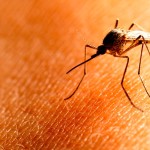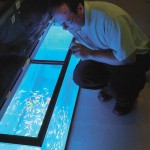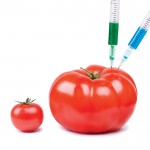
Tag Archives Genetic engineering

The promise and the pitfalls of CRISPR
This technology doesn’t set new boundaries for genetic manipulation, it removes them
Never heard of CRISPR? You will
It is now possible to program a plant to alter its own genetic material
Farm groups reject anti-GM crop report claims
The Canadian Biotechnology Action Network questions whether yield gains are due to GM technology

Farmers asked to speak up on GE technology
When conversing about modern-day agriculture technology, be as honest and accurate as possible

Selective use of science won’t sell GMOs
Transparency is key to gaining credibility with the public

Glow-in-the-dark GMO chickens shed light on bird flu fight
But these birds are a long ways from becoming commercialized

A mix of pragmatism and fear keeps GMOs out of Zambia
While the debate over GMO labelling continues in North America, Zambians take it for granted that they aren’t consuming products made with genetically modified ingredients

Politics and the revenge of the food consumer
The USDA has decided to act on growing pressure and establish a voluntary program to label food products with non-GMO content

In this case, GMO technology is a failure
The glow-in-the-dark boys impress the ladies, but they can't fight off the competition

The cognitive science behind opposition to GMOs
Anti-GMO messages resonate with human intuitions about meddling with nature


